I recently started learning electronics on my own due to interest in audio effects because I play guitar so:
I thought I'd start out with distortion pedals, they seemed the simplest to begin with.
The schematic below is from a clone of the famous Boss OD-1 overdrive pedal. I am getting a hold of the thing and starting to understand how it works but I've gotten quite stuck now, I can't find what the function is of a capacitor running into a resistor that goes to ground, as is the case of C3 and R5 here, just can't find it anywhere.
Any help on understanding this is really appreciated.
Greets, Nook


